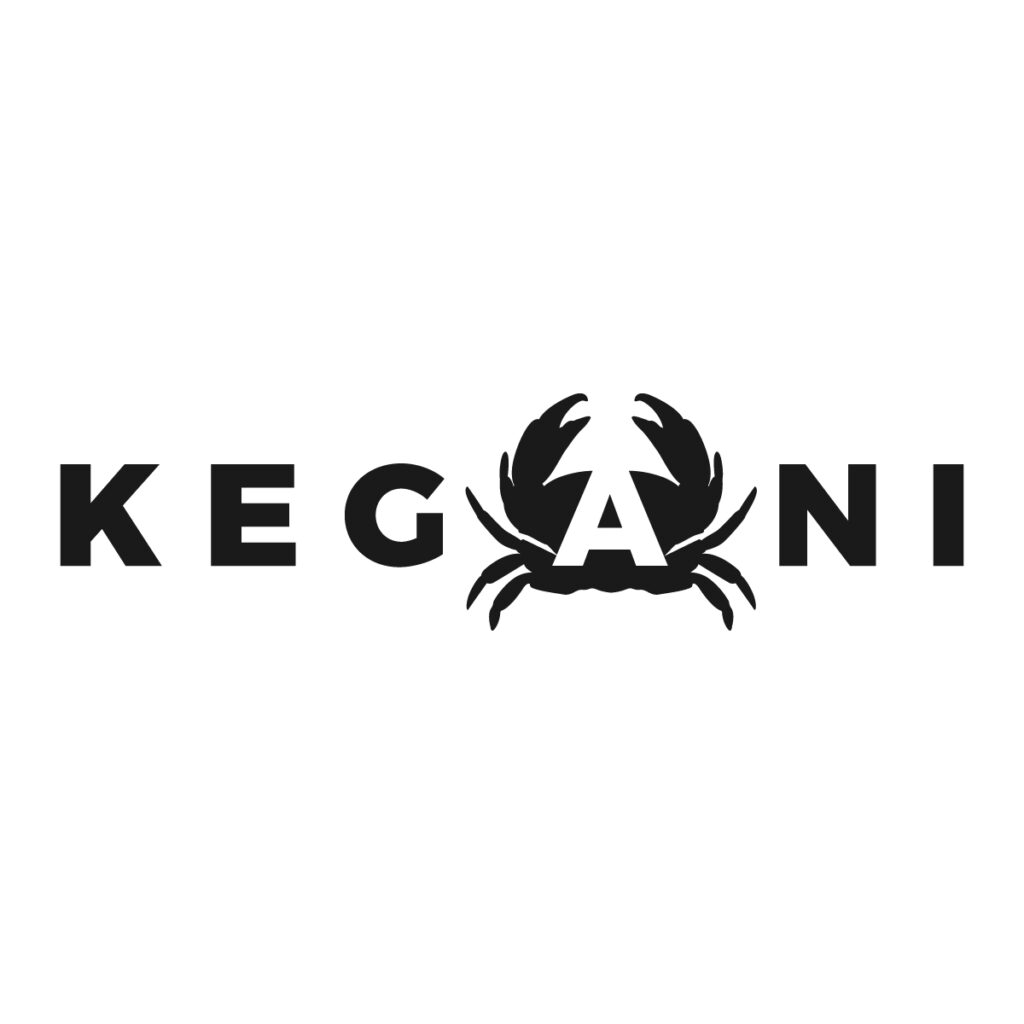Curious about the secret behind your knife’s reliable and comfy grip? FRN, or fiber-reinforced nylon, might be the answer. This tough yet light material is a top pick for knife handles, blending durability with easy care.
FRN handles excel are lighter and thinner than G10, offering a more comfortable grip, making it especially suitable for everyday carry folding knives. Their blend of nylon polymer and glass fiber withstands constant use with ease.
If you’re in the business of sourcing high-quality knives, understanding different types of knife handle material for your business.
We’ll slice through the complexities of FRN handle materials, laying out their strengths and weaknesses. Discover why FRN could sharpen your product line.
Ready to learn? Here we go!
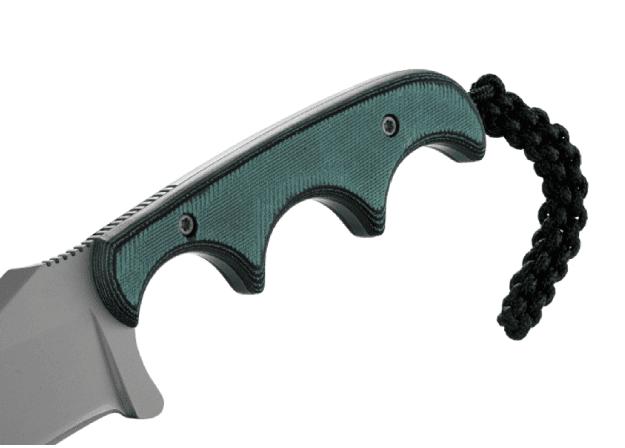
What is FRN handle?
FRN stands for Fiberglass Reinforced Nylon, a composite material commonly used for knife handles. It is a thermoplastic material pioneered by the American chemical company DuPont.
FRN is crafted by blending nylon with fiberglass, resulting in a material that’s both sturdy and light. This composite is then molded under high pressure to form the handle of the knife.
More importantly, it’s cost-effective because it can be injection molded into any desired shape, which is perfect for mass production.
"GFN," "FRN," and "GRN" are abbreviations for types of plastic materials commonly used for knife handles, and they stand for the following:
GFN: Glass-Filled Nylon
FRN: Fiberglass Reinforced Nylon
GRN: Glass-Reinforced Nylon
Although these names might sound slightly different, they actually refer to the same category of material—nylon plastic that has been reinforced with glass fibers. This material is created by mixing glass fibers into the nylon resin to enhance the strength and durability of the plastic.
Start Working with a Professional Now
Pros and cons of FRN handle
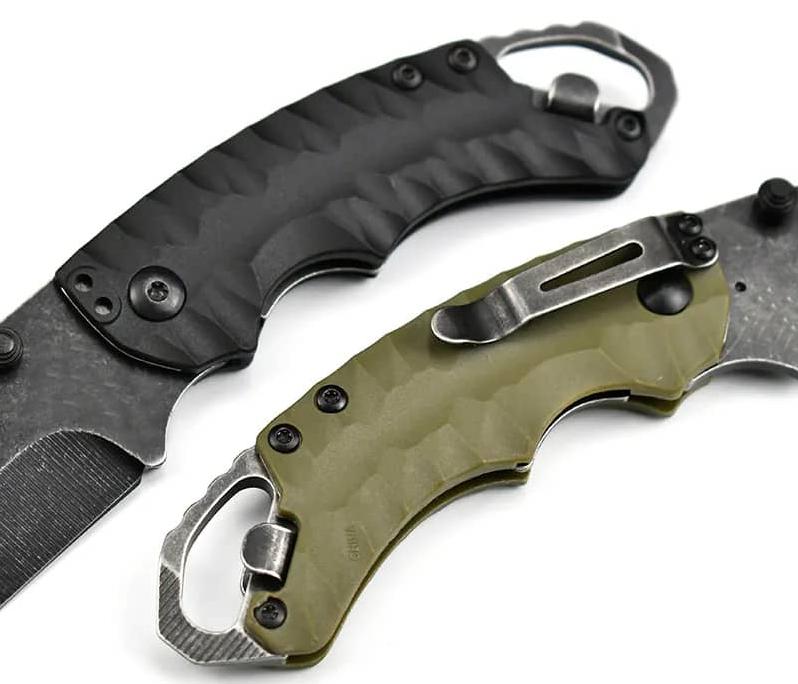
Let’s take a closer look at its advantages and drawbacks.
Pros
- Versatile: highly versatile, often available in various colors and designs, enabling you to tailor your knife to personal preferences or brand identity.
- Durability: Known for their resilience, they are strong and can resist most abrasions and impacts, ensuring a long service life with little maintenance.
- Weight: their lightness contributes to the knife’s overall ease of handling and ergonomics, making them suitable for extended use.
- Affordability: More affordable compared with some premium materials like G10.
Cons
- Perception: Despite their durability, FRN handles sometimes have a cheap plastic feel,
- Grip: While their grip is generally good, FRN handles may offer less grip compared to other materials. Of course, grip strength depends mainly on the texture of the material rather than the material itself.
- Aesthetics: Although customizable in color, the overall aesthetics of FRN might not appeal to everyone. Its appearance is often more functional than luxurious.
FRN Vs G10
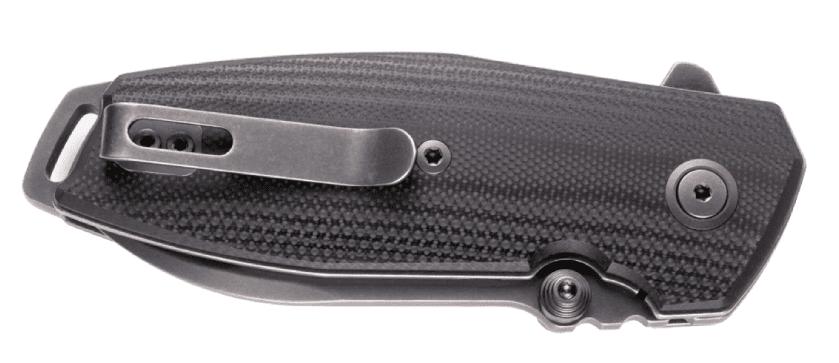
When you’re evaluating knife handles, you may wonder about the differences between FRN (Fiberglass Reinforced Nylon) and G-10. Both are popular choices, yet they cater to different preferences and purposes.
Here’s a quick table:
| Aspect | FRN | G-10 |
| Rigidity | Less rigid, bends rather than cracks | More rigid, can crack under high stress |
| Durability | Highly durable, impact-resistant | Very durable, abrasion-resistant |
| Cost | Less expensive, budget-friendly | More expensive due to manufacturing |
| Manufacturing | Injection molded, economical | Layered and machined, labor-intensive |
| Aesthetics | Functional look, less elegant | Range of textures, more upscale look |
| Weight | Lightweight, varies with model | Heavier, feels solid |
| Grip | Textured for secure handling | Can be textured, may wear down pockets |
FRN is like the trusty workhorse of knife handles. It’s lightweight, cost-effective, and tough as nails. Ideal for large orders, the more you make, the more you save, thanks to the magic of molding.
Switching over to G-10, it’s the artisan’s choice for small batches. This material might cost a bit more due to its labor-intensive process, but it’s all about quality and a premium feel.
Remember, a lower price doesn’t mean lower quality. FRN stands its ground with resilience, while G-10 shines in its bespoke charm.
It’s all about what suits your needs and delights your customers.
FRN vs Micarta
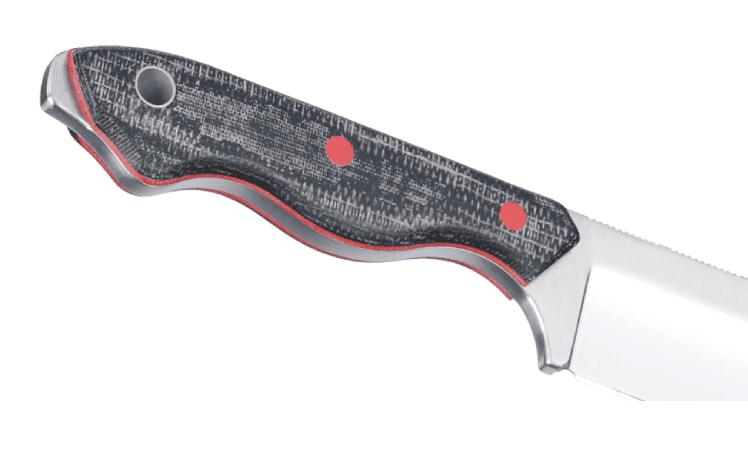
Another material that is often compared to FRN is Micarta.
Here’s a quick comparison:
| Aspect | FRN | Micarta |
| Grip | Textured options for secure handling | Reliable grip, improves with use |
| Durability | Highly durable, resistant to wear | Extremely strong and hardy |
| Aesthetics | More utilitarian in appearance | Typically more elegant |
| Maintenance | Low; easy to clean | Moderate; requires some care |
| Cost | Generally less expensive | Can be moderately priced |
FRN handles are favored for their balance of cost and performance.
Micarta, crafted from layers of cloth infused with resin, offers a polished look and feel. This material gains a unique patina over time, appealing to those who appreciate a handle with character.
While FRN is a go-to for practical use, Micarta is often chosen for its aesthetic qualities. Both materials promise durability and a reliable grip, but they cater to different preferences in terms of look and feel.
Frequently Asked Questions
Should a knife handle be heavy?
A knife handle should not necessarily be heavy; instead, it should offer a comfortable balance.
The weight should complement the blade to ensure that the knife feels stable and secure in use. A handle that is too heavy could make the knife unwieldy, while one that is too light might not provide enough control.
How do you replace a FRN handle on a knife?
To replace a FRN handle on a knife, you’ll typically need to remove the old scales, which are often attached with screws or pins.
After purchasing a new FRN handle that fits your knife model, align it properly and secure it in place using the original hardware or a suitable adhesive.
What is the most expensive knife handle material?
Some of the most expensive knife handle materials include mother-of-pearl, and premium-grade woods.
These materials are prized not only for their beauty but also for their rarity and the craftsmanship required to work them into a handle.
What is the best handle for a knife?
The “best” handle for a knife is subjective and depends on your needs.
Materials like FRN are praised for their durability and water resistance, making them suitable for outdoor use. If you’re looking for elegance or a status symbol, high-end materials like the aforementioned exotic woods or bone might appeal to you.
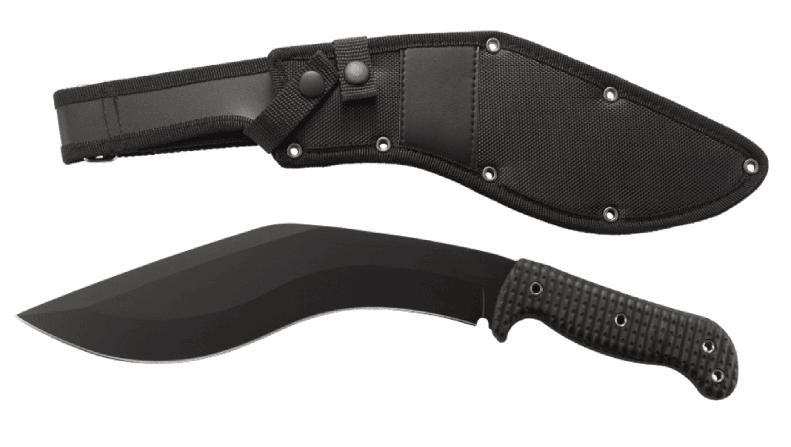
Final Insights: Sourcing Knives With Kegani
If you’re in the business of retail or wholesale, sourcing knives with top-notch materials like FRN can give your product line a competitive edge.
Remember, an EDC knife isn’t just a tool; it’s a daily companion for your customers, making handle choices like FRN a critical detail.
At Kegani, we understand the importance of such details.
We provide sourcing services for high-quality Chinese knives. Whether you’re interested in wholesale opportunities, OEM, or private labeling, we can connect you with the products your customers will value and trust.
Interested in enhancing your offerings with knives that feature FRN handles or other quality materials?
Take the next step—get in touch with us for a free quote. We’re here to help you excel in your market with the best selection of knives from China.
